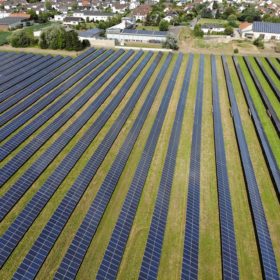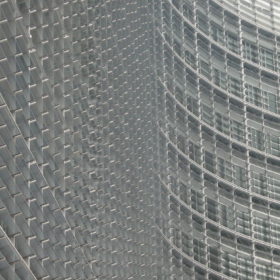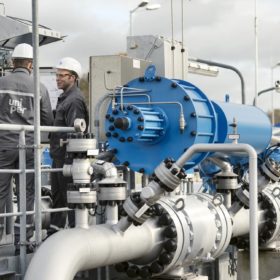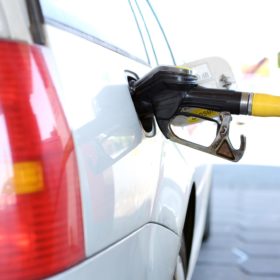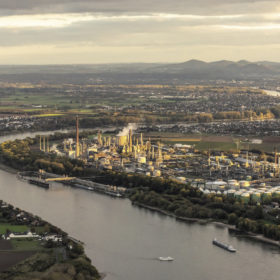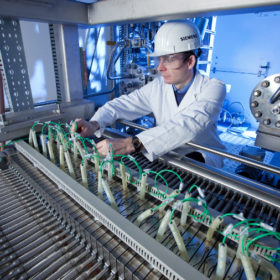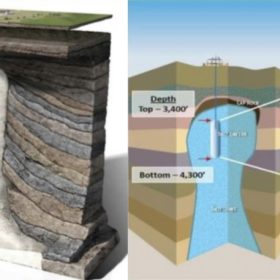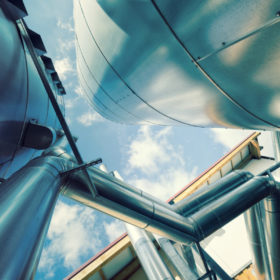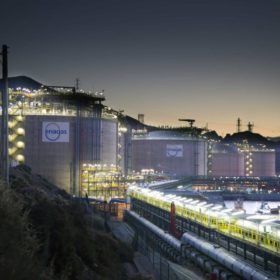France makes 44 GW solar target official
Today’s edition of the Official Journal of the French Republic featured two long-awaited decrees: One concerning the multi-year energy program and another on national carbon budgets and the state’s low-carbon strategy.
Would solar decarbonize French energy – or just replace nuclear?
A thinktank has studied whether increased solar energy would contribute significantly to reducing the carbon footprint of the French and European electricity systems in an attempt to respond to a common French refrain the nation needs no further decarbonization of energy because it has nuclear power.
Europe can be 60% powered by solar before 2050
Perhaps it is not surprising a report co-produced by Europe’s solar industry places PV at the heart of a zero-carbon, mid-century energy system on the continent. However, the study does flesh out two out of three scenarios in which becoming carbon-neutral by 2050, or even 2040, could be possible.
Bringing green hydrogen to market
German companies Uniper and Siemens will cooperate on joint projects to advance the use of green hydrogen and sector coupling. Conventional, gas-fired hydrogen production plants will be gradually transformed as part of the initiative.
Australian researchers enhance clean hydrogen electrolysis
Griffith University scientists have unlocked a catalytic process to enhance the breakdown of water into hydrogen and oxygen and bring Australia a step nearer clean, efficient hydrogen fuel.
The weekend read: Hydrogen is getting cheaper
Electrolyzer manufacturers are in agreement on the goal of rapidly reducing investment costs, mainly through economies of scale. Some are embracing large units, while others are betting on quantity over size. The first approach is attractive for operators of large PV plants, while the latter is better suited to operators of small systems.
Sector coupling in Europe could see solar and wind demand double
Market intelligence firm BloombergNEF has published a report with power company Statkraft and clean energy distributor Eaton highlighting the importance of sector coupling for Europe’s decarbonization plans. Analysts examined the power markets of Germany and the U.K. and concluded effective sector coupling including the use of green hydrogen could lead to greenhouse gas emission reductions of 83% by 2050.
Hydrogen is the first viable option for seasonal storage
Compressed hydrogen is “the first viable option” to help meet wintertime electricity demand in a high-renewables grid, says DNV GL.
Stanwell’s utility-scale green hydrogen plans get financial shot in the arm
A feasibility study will explore a new option for producing and using renewable hydrogen, with the help of funding provided by the Australian Renewable Energy Agency (ARENA). If the study supports the business case, the project will deliver the largest hydrogen electrolysis plant in Australia.
Is green hydrogen necessary to balance a renewables grid?
A report by Norwegian energy consultant DNV GL has considered the opportunity for long-term energy storage to play a role in balancing annual supply and demand fluctuations in a renewables-led grid. Using 58 years of Dutch weather and energy consumption data, the study found long-term solutions such as green hydrogen could make a valuable contribution – but perhaps not as much as some analysts believe.

